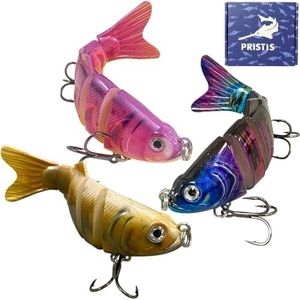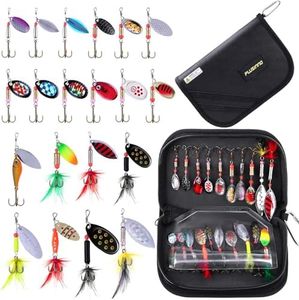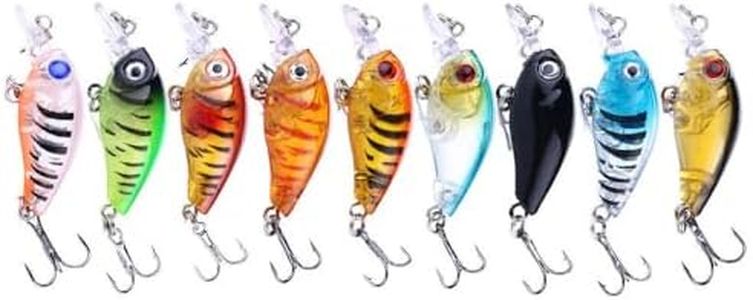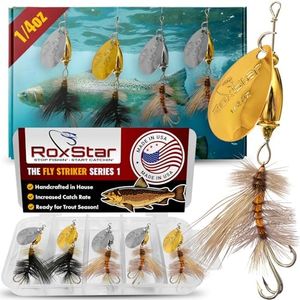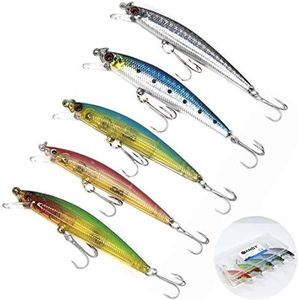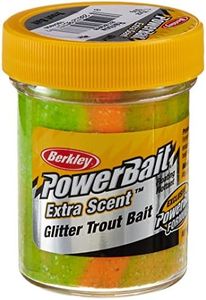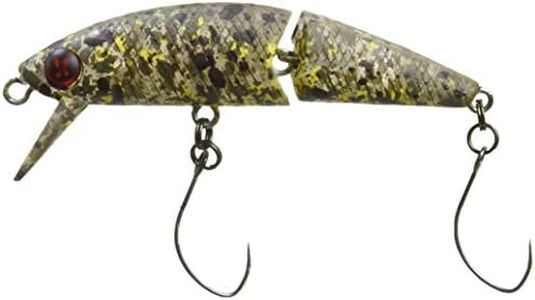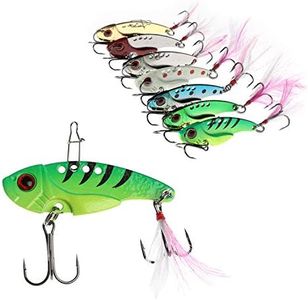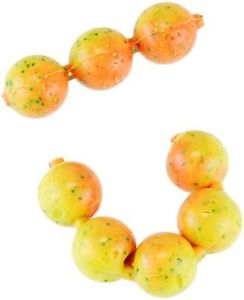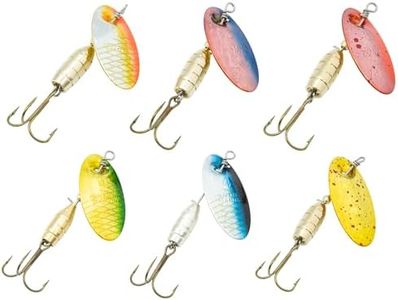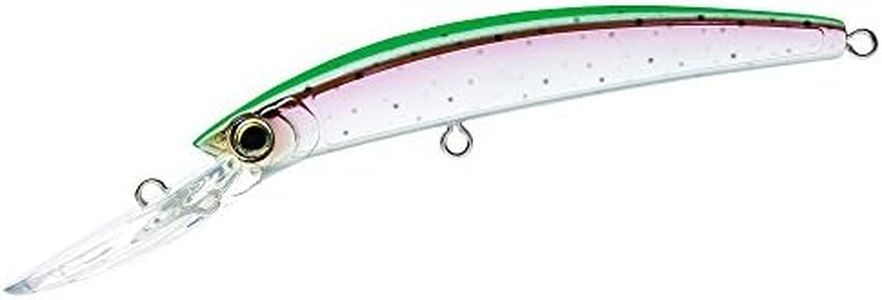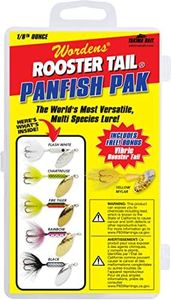We Use CookiesWe use cookies to enhance the security, performance,
functionality and for analytical and promotional activities. By continuing to browse this site you
are agreeing to our privacy policy
10 Best Rainbow Trout Lures
From leading brands and best sellers available on the web.Buying Guide for the Best Rainbow Trout Lures
Picking the right lure for rainbow trout fishing can really make a difference in your success and overall enjoyment. The key is to match the lure to your fishing environment and the behavior of rainbow trout. Consider where you'll be fishing (river, lake, or stream), the season, water clarity, and the typical size of trout in the area. The type of lure, its size, color, weight, and action are all factors that can influence how well you'll attract trout.Lure TypeThe type of lure refers to its style and the way it moves in the water. Common types for rainbow trout include spinners, spoons, soft plastics, and crankbaits. Each type has a different motion and appeal: spinners create vibration and flash, spoons mimic wounded fish, soft plastics look like insects or worms, and crankbaits dive to specific depths. Choosing the best type depends on the water conditions and what the local trout are most interested in at the time.
Lure SizeLure size is about the physical length and sometimes the weight of the lure. Smaller lures (1-2 inches) are often good for streams or targeting smaller trout, while larger lures (2.5 inches and up) are better for bigger trout or larger bodies of water. To pick the right size, consider the average size of trout in your fishing spot and the clarity of the water: smaller lures are less intimidating in clear water or with shy trout, whereas larger lures can attract more aggressive fish in murky or deeper water.
ColorColor is important because it helps the lure stand out or blend in, depending on the conditions. Bright or flashy colors like chartreuse, orange, or silver work well in murky water or on cloudy days, making the lure more visible. Natural colors like brown, green, or rainbow patterns are better for clear water or sunny days, helping to imitate real prey. Think about the lighting and water conditions to choose a color that’s most likely to catch the trout’s attention.
Lure WeightThe weight of a lure affects how far you can cast it and how deep it will go. Lighter lures are easier to use in shallow water or slow currents, while heavier lures are more effective for casting longer distances and reaching deeper trout in lakes or fast-moving rivers. Select a weight that matches both your fishing rod and the environment you’ll be fishing in.
ActionAction describes the way a lure moves in the water when retrieved. Some lures have a tight wobble, others have a wide swing, and some dart or spin. This movement can mimic the natural behavior of the food that trout like, such as minnows or insects. Think about what trout are feeding on where you’ll fish, and try to match the lure’s action to that prey.
Hook QualityThe quality and sharpness of the hooks on a lure are important to make sure you land the fish once it strikes. Look for lures with strong, sharp hooks, as trout have soft mouths and can be lost easily if hooks are dull or weak. If needed, you can replace stock hooks with higher-quality options to improve your chances.

